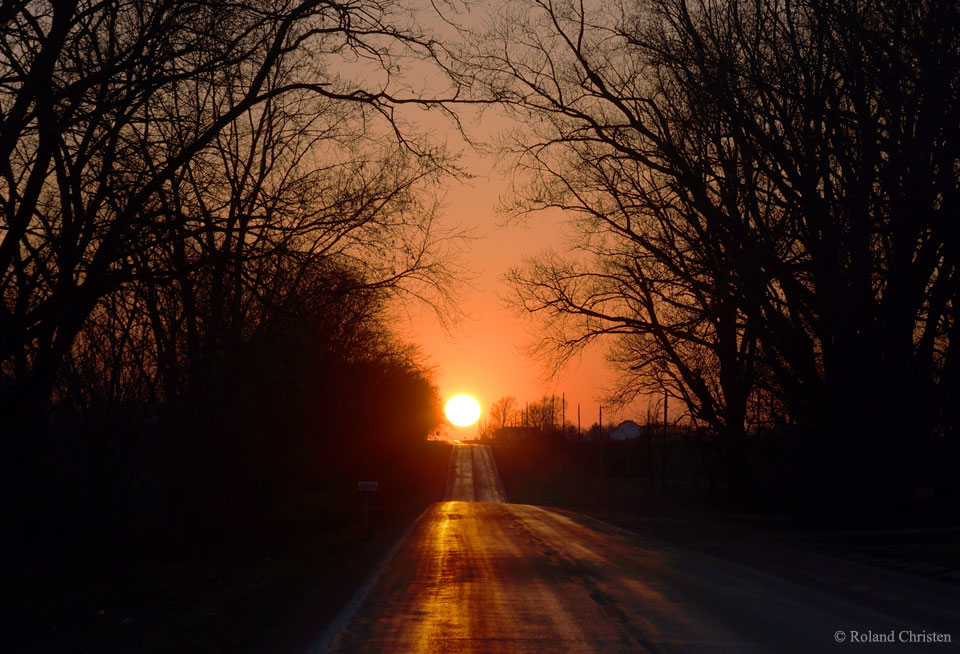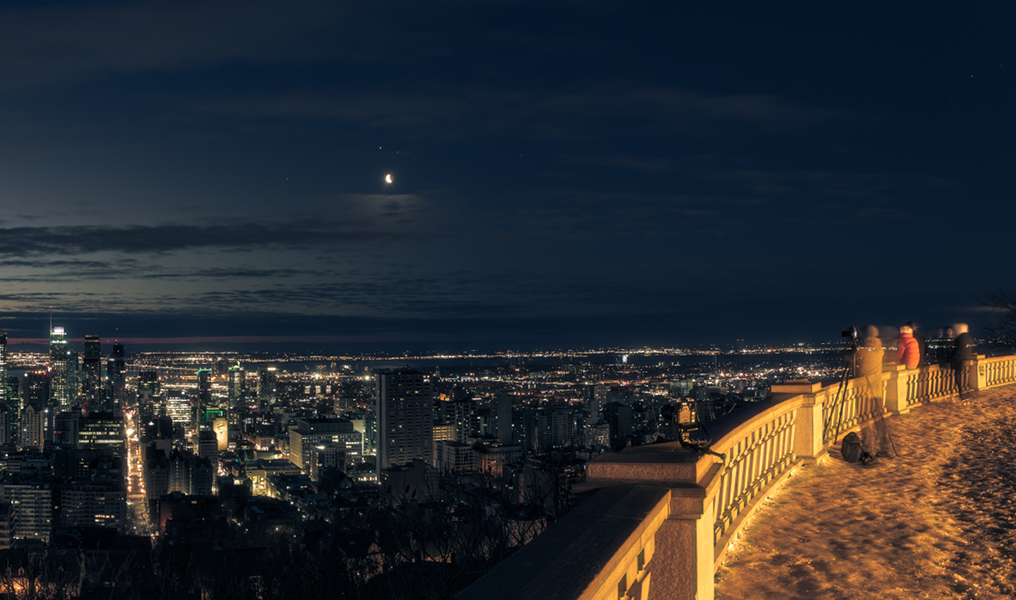土星的春分
The planet Saturn is pictured 6 times in a horizonal column, labelled by years with 2020 at the top and 2025 at the bottom. As the years progress, Saturn’s ring appear less prominent. Please see the explanation for more detailed information.
这张图以水平列方式展示了土星在六个不同年份的影像,从上到下依次标注为2020年至2025年。随着年份推移,土星的光环逐渐变得不那么显眼。有关更多详细信息,请参阅说明。










